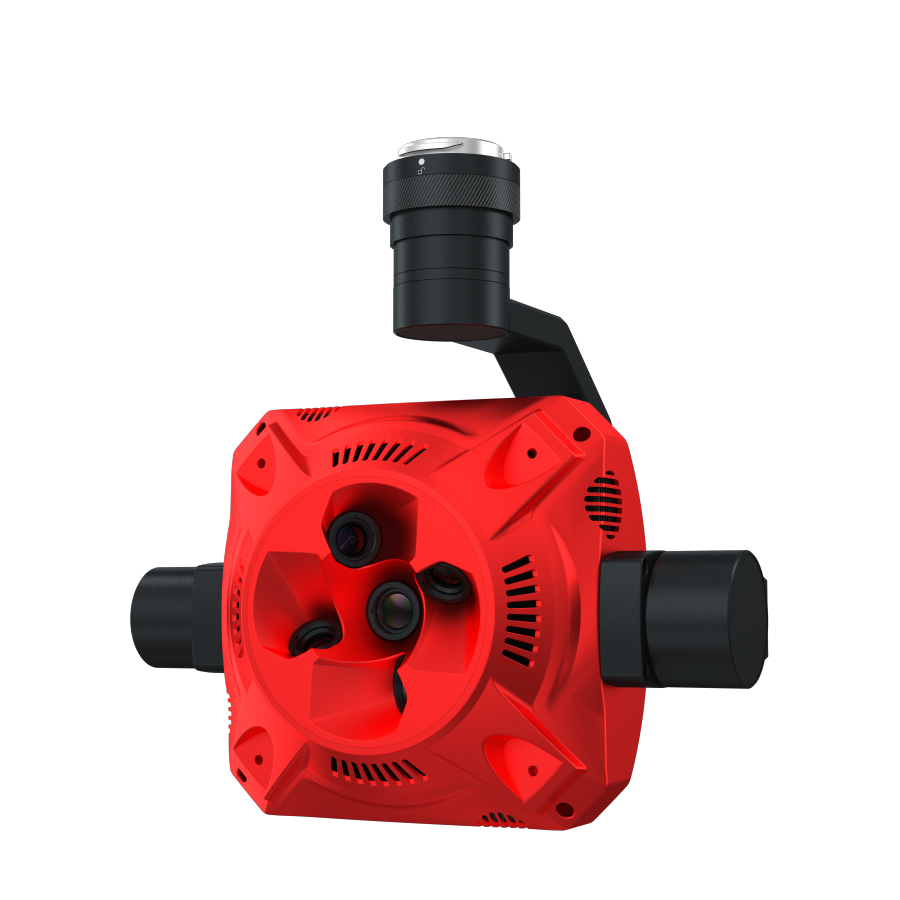Collaborative Robot (Cobot)
A robot designed to work safely alongside humans in a shared workspace, commonly used in manufacturing and assembly tasks.
The rise of robotics in various sectors has transformed traditional workflows, with collaborative robots—often referred to as cobots—emerging as a significant innovation. These machines are specifically designed to work alongside humans, enhancing productivity while ensuring safety in shared workspaces. Understanding terms like "Collaborative Robot (Cobot)" is vital as it helps individuals grasp the evolving landscape of automation and its implications for industries, workplaces, and human-machine interaction.
What is Collaborative Robot (Cobot)?
A collaborative robot, or cobot, is a robot designed to work safely alongside humans in a shared workspace, commonly employed in manufacturing and assembly tasks. Unlike traditional industrial robots, which typically operate in isolation due to safety concerns, cobots are built to collaborate directly with people. They are equipped with advanced sensing technology, enabling them to detect and respond to human presence, thereby significantly reducing the risk of accidents and injuries.
Key Concepts:
Safety: Cobots are engineered with features like force limits, impact sensors, and emergency stop mechanisms to ensure they can operate without endangering human workers.
Flexibility: These robots are often lightweight and easy to program, which allows for quick reconfiguration and adaptation to various tasks, making them suitable for diverse applications.
Human-Robot Interaction: Cobots facilitate natural interaction with human operators, enhancing cooperative working environments and improving overall productivity.
Applications and Relevance: Collaborative robots are increasingly being integrated into various industries. Here are some key applications:
Assembly Operations: Cobots assist in repetitive assembly tasks, such as screwing, welding, and sorting, significantly reducing manual labor while boosting efficiency.
Quality Inspection: They can be employed for real-time quality control, inspecting products for defects and ensuring adherence to standards.
Material Handling: Cobots streamline logistics by assisting with the movement of materials, ensuring safer and faster packing and shipping processes.
Pick and Place Tasks: These robots can quickly pick up components and place them in designated areas, which is particularly useful in production lines.
Challenges and Considerations: Despite their advantages, collaborative robots come with challenges and considerations that companies need to address:
Integration Complexity: Incorporating cobots into existing workflows can require significant adjustments, including re-training employees and altering production lines.
Cost: The initial investment in cobot technology can be high, including the costs of purchasing and maintaining these robots.
User Acceptance: There can be resistance among workers to the introduction of cobots, often stemming from fears about job displacement or the effectiveness of machines in collaborative roles.
Future Trends and Innovations: The field of collaborative robotics is rapidly evolving, with several trends and innovations on the horizon:
Intelligent Automation: Advanced AI integration is making cobots smarter, allowing for improved decision-making and adaptability within dynamic environments.
Enhanced Safety Features: Future cobots may employ more sophisticated sensing technologies that provide even greater assurance of safety in human-robot interactions.
Human-Centric Design: Ongoing focus on designing cobots with user-friendly interfaces and ergonomics to enhance operator comfort and ease of use.
Collaborative robots (cobots) are reshaping the future of automation by enabling safe and efficient partnerships between humans and machines. Their role in manufacturing and assembly highlights their significance in improving productivity and enhancing safety in the workplace. As the technology continues to develop, understanding cobots will be essential for those involved in or affected by advancements in automation, illustrating their potential to solve modern industrial challenges and drive innovation forward.














